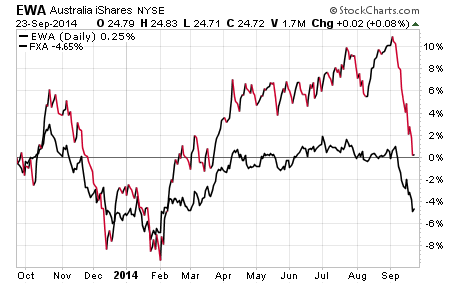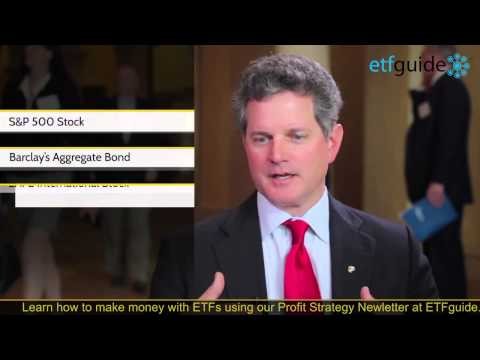How Much Of Your Portfolio Should You Dedicate To Closed End Funds FMD Capital Management
Post on: 22 Апрель, 2015 No Comment

Written by Michael Fabian, January 30th, 2014
Closed-end funds can exhibit extremely volatile, irrational, and unpredictable behavior when compared with traditional investments. Yet I still get asked the question: How much is enough? The obvious truth is that there are no hard and fast rules, and every individual investor needs to ultimately determine that for themselves. However, I do think that if led through a comprehensive discovery process to determine exactly what should be appropriate, closed-end fund investments wont become a catalyst for poor decision making. We all know the psychology behind it, but the difference between an experienced investor evaluating a planned buy or sell decision, or a novice making knee jerk reactions at a max-pain threshold hinge on the size of investment. Finding the correct equilibrium will insure you dont end up with more than you bargained for or too little to make any real difference.
Division of Assets
For most investors first dabbling in CEFs, I think it makes most sense to intermingle them with your existing portfolio, and stick with broadly diversified funds. Options might include multi sector fixed income funds such as the PIMCO Dynamic Credit Income Fund (PCI ), or the DoubleLine Income Solution Fund (DSL ). You likely will only own one to three funds at a time, and will become intimately familiar with the intricacies of the day-to-day price swings. In addition, you might also pay closer attention as the CEFs you own will be sized somewhat trivially when compared to any existing core positions. This should also enable you to keep up with earnings data, and semi annual and annual reports for each fund you own. As your experience with evaluating and trading CEFs grows, I recommend you carve out a dedicated sleeve or account within your total portfolio. Experienced investors do this for two specific reasons:
- So they dont become over invested in CEFs in relation to their big picture asset allocation and portfolio themes.
- So that they can limit the risk of volatility, and trade within their means.

Establishing a portfolio of CEFs in a dedicated account will allow you to track and trade individual positions much easier, which comes in handy when performing ongoing due diligence on 10-15 individual funds. This approach will also help with fine tuning your asset allocation, manager selection, sector selection, duration, and credit quality.
How much is Enough?
When interviewing a potential client for our Dynamic CEF Income portfolio. I naturally start by inquiring as to the total amount of investable assets knowing only a portion of the total would make sense for the strategy. Then I usually fire off a quick follow-up question on their experience and familiarity with CEFs. What Im looking to get at from there is the overall tolerance for draw down, or essentially how much an investor would be comfortable with loosing. Since CEFs can move in 1-3% clips on a daily basis, or well over 5-8% in a week, proposing that type of scenario is helpful when discerning how much money to carve away from the total investable asset pool.
If you are the type of investor that cant handle that type of volatility, there are many other traditional strategies that would work perfectly for your situation. My advice is to be honest with yourself, it will pay off in the end. Other questions I might include are targeted toward the reverse psychology of CEF investing. Which usually calls for aggressive accumulation during bouts of volatility or when a fund is hit hard due to broad market reaction. Conversely, common sense reductions during times of exuberance and excitement can lower risk and replenish dry powder for when volatility creeps up.
If the investor appears long term in nature and truly prepared for what lies ahead in CEF investing, I will typically recommend an initial allocation of roughly 10-20% of their total assets. This allows us to begin to develop the portfolio in an amount they are comfortable with. Once they gain a thorough understanding of how CEFs can trade over a complete cycle, additions can be made at times when opportunities present themselves.
Overall CEFs can make great yield enhancement tools for retirees, or aggressive equity and fixed-income strategies for investors still within the accumulation phase of life. Wherever possible, I always try to recommend using a retirement account as the first choice for investments in equities and taxable fixed income assets. The tax burden associated with the very high yields can cause an unfavorable outcome if not planned for correctly. Developing an allocation plan, and adhering to it decisively will ultimately make for a positive experience when investing in CEFs.
Want to learn more about closed-end funds? Download our latest special report, The Leveraged Income and Alpha Strategy .














